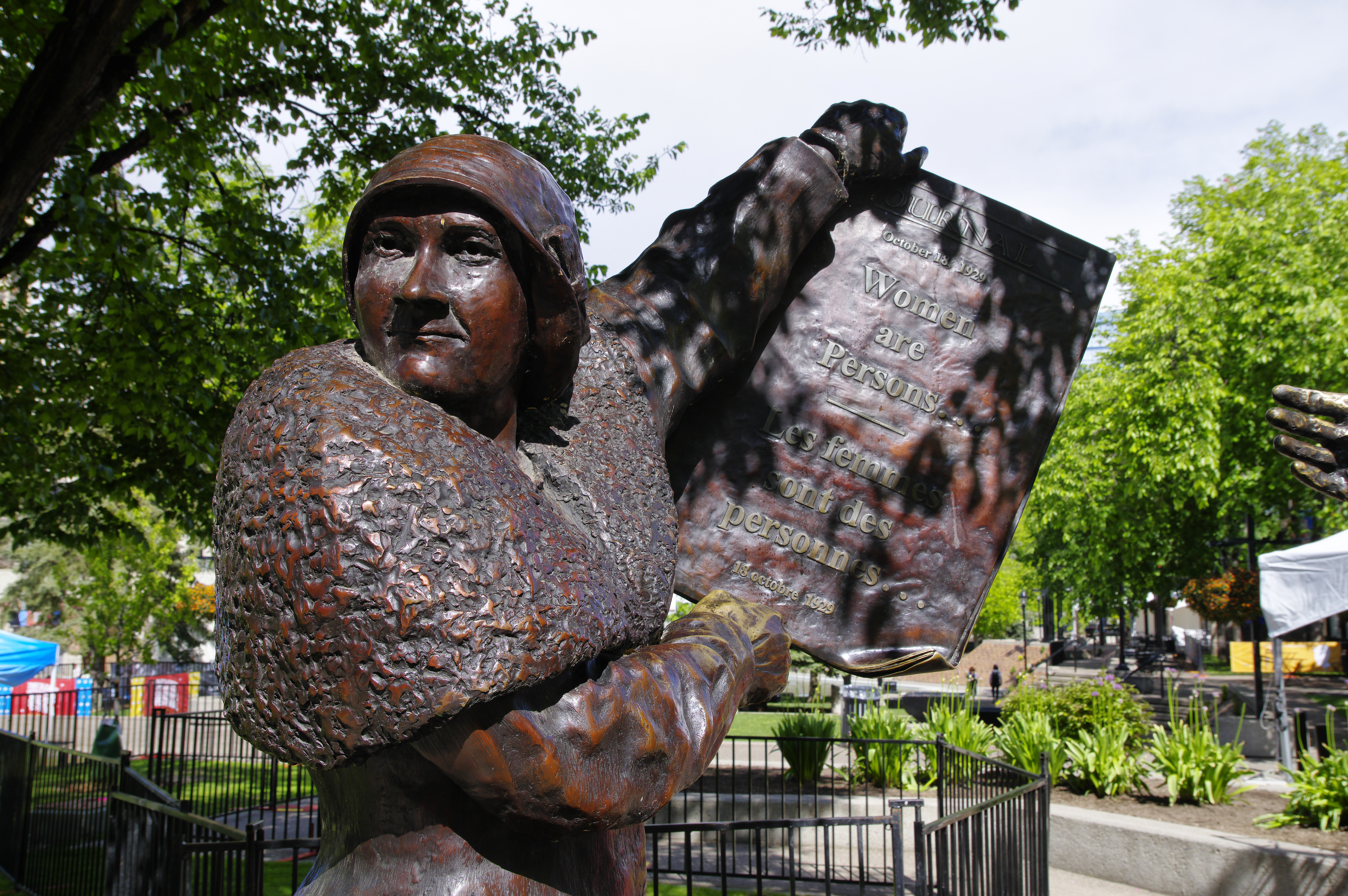Person's Day
We’re celebrating Person’s Day this as well as all the amazing and hardworking women that have helped paved the way for equality, particularly equality in the workplace.
What is Person’s Day?
It’s the day when the Supreme Court of Canada officially declared females as “persons.” Yes, today we might think the idea that women not being viewed as persons is a wild and backward ideal, but this was the reality a mere 90 years ago. And in many parts of the world, women today are still fighting for the chance to be heard and viewed as equals.


We owe this major milestone and declaration of Person’s Day in Canada to the Famous Five women, who worked tirelessly to be sure women were included. While we still had many more years to include women of colour and Indigenous women in this equation, the victory in 1929 represented the beginning of a cascading change. These five influential women were prominent journalists, magistrates and politicians from Alberta who were all influenced by the many reform movements that started to take place in the early twentieth century.
It took years of perseverance, though.
After the Supreme Court of Canada struck down the notion of women as persons, the Famous Five appealed their case in front of the Judicial Committee of the Privy Council of Great Britain. The committee ruled in their favour, and on October 18th, 1929, they declared that the persons should indeed include females: “the obvious answer is, why should it not?”
What did this mean?
Declaring women as persons meant that females could serve in the Senate and participate equally in other aspects of life in Canada.

Why do we celebrate Person’s Day?
Each year on October 18th, we pay extra thanks to celebrate the work of these inspirational women in fighting for gender equality, and to honour and celebrate women’s rights and accomplishments. We also honour this day by acknowledging the work we still have to do in continuing the fight for female equality in both society and the workplace, as well as the strides we have made and must continuing making in ending violence against women. While the past 90 years have seen an instrumental amount of change in women’s rights in Canada, we are still working hard to ensure we have equal rights in many other areas, advocating hard for support in the workplace with things like paid domestic violence leave, and ensuring women dealing with domestic violence have the necessary supports and resources in place.
Please join us in celebrating Person’s Day and take a moment to look back on some of the greatest milestones we’ve accomplished in the workplace. You can also view the fun infographic and video we compiled with even more historic milestones.
1876 - Dr. Emily Stow, a Pioneer physician, becomes the first Canadian female doctor to practice in Canada.
1897 - Dr. Clara Brett Martin becomes the first woman to practice law in Canada as well as the entire British Empire.
1918 - White Canadian women win the right to vote in federal elections
1920s - The Women’s Labour League emerges in Canada. Modeled on the British Women’s League, they defend female workers and call for equal pay, maternity leave, birth control and minimum wage laws.
1948-1949 - Chinese, Japanese and Black women are legally allowed to vote in federal elections.
1951 - The International Labour Organization (ILO) passes Convention 100, calling for “equal pay for equal work.”
- Many provinces as well as the federal government pass equal pay legislation
- Aboriginal women are legally allowed to vote, but only if they are willing to give up their native status.
1952 - Restrictions are removed on married women working in the federal public services. Previously, female public service employees were fired after getting married.
1956 - the Female Employees Equal Pay Act is passed, which made wage discrimination based on sex against the law
1960 - Aboriginal people, including women, gain the right to vote in federal elections.
1974 - the RCMP hires its first female
- Jeanne-Mathilde Sauve is the first female Speaker of the House of Commons.
1983 - The Canadian Human Rights Act prohibits sexual harassment in workplaces
1993 - Kim Campbell becomes the first female Prime Minister of Canada
2000 - Almost 59% of women aged 15 years and older are part of the labour force
2009 - Andrea Howarth becomes the first-ever female leader of the New Democratic Party (NDP)
- for the first time ever, there are more women than men in the labour market
2013 - Kathleen Wynne becomes the first female Premier of Ontario






